Eimu Arino A Landscape by Japanese ─ Spa Stream
Postscript
Eimu Arino
A Landscape by Japanese
Mankind has survived in harmonious, but sometimes rebellious relationship with the nature.
The landscape we see today is the amalgamation of the creature flowing out of the law of the nature and that which has been born from human brains and hands.
Mankind has thus been producing artificial landscapes by leaving the artifacts upon the earth. It is a texture woven with the given sections of the nature as the warp and Japanese human endeavors as the weft.
When we observe the texture of the unique landscape of Japan thus woven along the time, we can feel and understand the Japanese way of feeling and thinking.
Spa Stream
When a hot spring is discovered near a stream, which should have been flowing there intact over centuries or even millennia, the stream is touched by hands of civilization which alter the landscape. Buildings of bed & breakfast, inn and hotel of various price ranges, even including those of luxurious category, would change the spot into a spa resort. The stream itself changes the shape. Dike is added for safety reasons or just for commercial consideration, which, after all, artificially changes a natural stream into another Spa Stream. This way, Japanese mental attitude to the nature, our ethnical aesthetics, as well as our sensitivity, are reflected in the landscape.
My Point of View
Japanese isles are nothing more than the top of volcanoes protruding above the sea level of the Pacific Ocean. For this reason there are just so many hot springs in Japan which are oftener than not discovered in valleys and along rivers, though there are spas also in mountains and plateaux.
It is said that there are more than 25,000 hot springs and 3,000 spa resorts in Japan. In order to screen out the candidate spots for my photographic works, I have depended on The Highway Map (published in 2000 by Road Service Foundation) which are distributed for free at service areas of many highways. I have visited all the spas listed therein, which have been in amount more than 700, including those which I have met on my way to them.
In shooting the pictures, I have tried to see the things from the view-point of streams, as if I were streams themselves, and have paid attention to finding out how people have been maintaining the spa facilities and how people have brought about changes to the natural scenery. I sometimes have soaked myself in the stream or climbed upon the rocks amidst water.
What I have discovered have been the ways how Japanese people have made the use of the nature for their own benefit, or how the people have used their wisdom and sensitivity to make up the cooperative harmony with the nature, in order to create Spa Stream and their landscapes, which I think are unique to Japan.
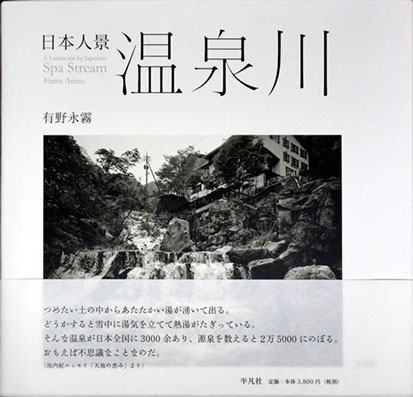
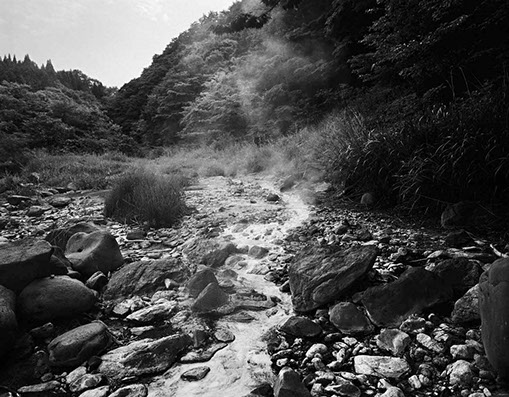
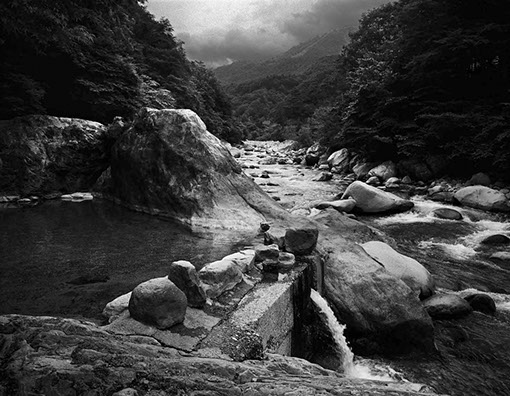
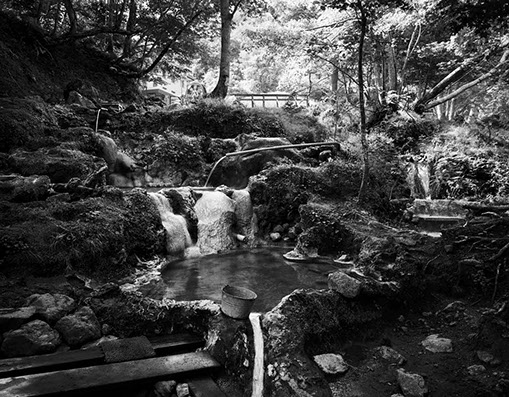
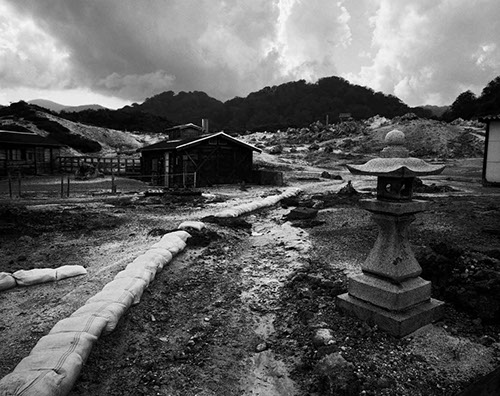
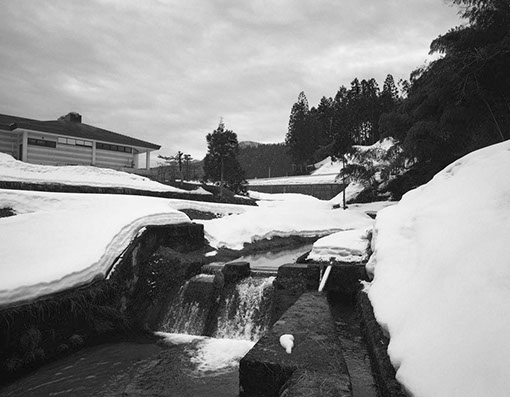
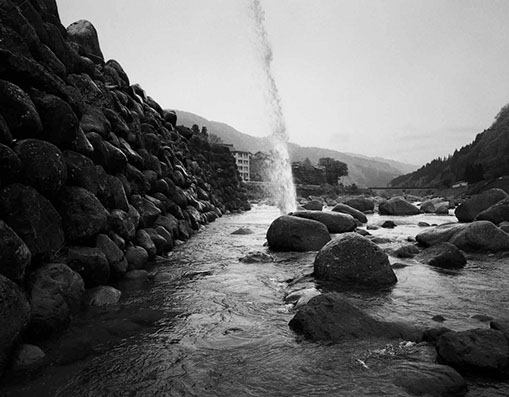
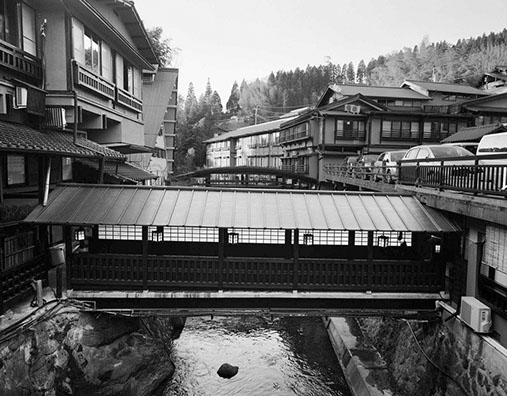
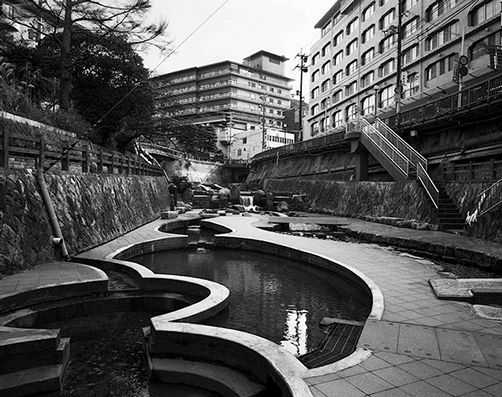
Eimu Arino A Landscape by Japanese ─ Spa Stream
photo: Chugu-Onsen, Ishikawa
Ofune-Onsen, Hokkaido
Nakao-Onsen, Gifu
Iwaobetsu-Onsen, Hokkaido
Osorezan-Onsen, Aomori
Hida-Onsen, Shimane
Shiramine-Onsen, Ishikawa
Kurokawa-Onsen, Kumamoto
Arima-Onsen, Hyogo
|<<
>>|
2 - 9
<
>
Size: 245x257mm / Pages: 120 / Hard Cover / Price: Yen 3,800+tax
Published on Sept. 27, 2012. / Publisher: Heibonsha Limited, Publishers
©
Studio Ray since 2008